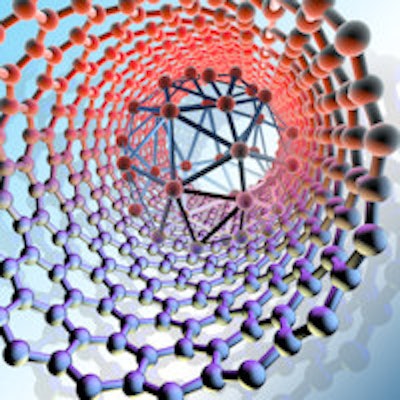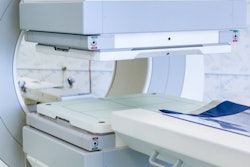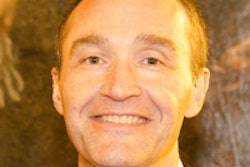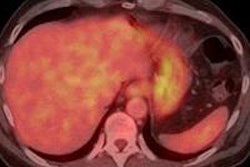
While nuclear medicine is not in imminent danger of extinction, it may need to reinvent itself for the future, according to the president of the British Nuclear Medicine Society (BNMS). In particular, nuclear medicine physicians need to shed their self-image as purely imaging-based physicians to become more involved in clinical areas.
Speaking recently at the Canadian Association of Nuclear Medicine (CANM) annual meeting in Montreal, Dr. Alp Notghi, a consultant nuclear medicine physician at City Hospital in Birmingham, U.K., explained that different expectations will be put upon nuclear medicine physicians because of numerous factors.
Citing data from a 2012 report on Europe's nuclear medicine market from Medical Options in London, Notghi said nuclear medicine is growing, but the vast majority of non-PET nuclear medicine procedures in Europe were limited to diagnostics, with therapeutic applications representing just 5% of procedures.
"There is growth, which is very good news for us," he said, estimating the value of the nuclear medicine market in Europe at 1.5 billion euros ($1.7 billion U.S.).
Of note, bone scintigraphy is the most common of all nuclear medicine procedures performed in Europe, unlike in the U.S.
Notghi discussed the emergence of "theragnostics," which combines diagnostics with therapy and has developed apace with advances in genetics, imaging modalities, and radiopharmaceuticals.
"It's personalized medicine and involves visualization of drug delivery, and nuclear medicine is very well-placed for that," Notghi said. "Monitoring the therapeutic effect of a drug is an aspect that suits nuclear medicine very well."
With the use of some radiotracers and advanced imaging modalities, nuclear medicine physicians will be asked to look for changes that are more functional than structural or anatomical, he said.
"There is a demand for more subtle changes, and physiological changes, to be detected," he said. "If you look at iodine-123 ioflupane [SPECT], it looks at axonal degeneration before any structural changes happen in the cells. The axons have degenerated, but the striatum looks normal."
The use of selective internal radiation therapy to treat liver diseases or tumors will show physiological changes before structural changes occur, Notghi said. Similarly, cardiac scintigraphy with iodine-123 metaiodobenzylguanidine (MIBG) can show decreases in uptake suggesting sympathetic denervation of the heart.
Indeed, such methods are detecting physiological changes before structural changes are visible on modalities such as CT and MRI, he stressed. Also, hybrid imaging devices are contributing to earlier diagnosis.
"I very much believe that therapies and treatment based on imaging will grow, more than what is even predicted," Notghi said. "It will be big business."
Training in nuclear medicine will have to expand to enable nuclear medicine physicians to respond to more clinical aspects of medicine, he noted.
"They will not be separate from the clinic," Notghi said in a follow-up interview with AuntMinnie.com after his CANM talk. He described the nuclear medicine physician who is a "pure imager" as a dying breed.
"It will have to be more of a clinical specialty," he said. "The specialty is in danger if it remains nonclinical."
The evolution to multidisciplinary care has given nuclear medicine physicians, as well as radiologists, a seat at the table to discuss the care of patients. In the U.K., multidisciplinary teams that include radiologists, clinicians, nuclear medicine physicians, and pathologists meet to discuss cases and devise treatment plans for patients, he noted. The teams were originally formed for cancer care but are expanding to noncancer care.
Imaging interpretation involving multiple modalities will be the rule rather than the exception in the future, Notghi believes.
The aging of the population and the presentation of comorbidities in many patients have made the tasks of nuclear medicine physicians increasingly challenging, he said.
"Patients are more complex," Notghi said. "They are older, and they have multiple diseases, such as diabetes, hypertension, and heart disease -- in the same patient, which sometimes makes image interpretation very difficult."



















